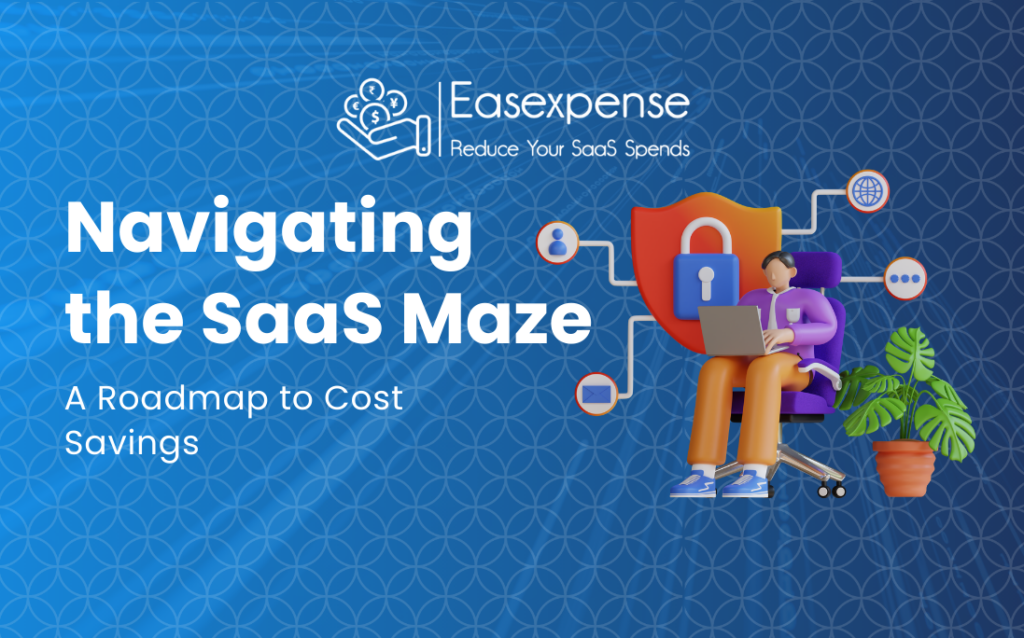The intricate landscape of SaaS can often feel overwhelming, with countless tools and subscriptions vying for your attention. However, by following these strategies, you can effectively manage your SaaS stack, reduce costs, and optimize your business operations.
- Conduct a Comprehensive Audit
Begin by creating a detailed inventory of your existing SaaS tools. This will provide a clear overview of your current spending and identify any redundancies or overlaps. Evaluate the usage of each tool and consider canceling those that are underutilized or no longer necessary.
- Negotiate Your Contracts
Don’t hesitate to negotiate with SaaS providers. Many are open to offering discounts for long-term commitments or annual subscriptions. Be prepared to explore alternative options if you’re dissatisfied with the terms of a contract.
- Consider Alternative Pricing Models
Explore usage-based pricing models for tools with fluctuating usage patterns. Additionally, consider the different subscription tiers offered by providers and select the one that best aligns with your needs.
- Optimize Your Usage
Train your team on how to use SaaS tools effectively to maximize their value. Identify unused features and consider downgrading to a plan that better suits your needs. For heavy users, set usage limits to avoid excessive costs.
- Leverage Free and Open-Source Alternatives
Explore the wide range of high-quality free and open-source SaaS tools available. Consider these alternatives before investing in premium subscriptions.
- Regularly Review and Optimize
Periodically assess your SaaS subscriptions to identify opportunities for cost reduction and efficiency improvements. Be adaptable and willing to make changes as your business evolves and your SaaS needs change.
By optimizing your SaaS stack, you can not only reduce expenses but also enhance your team’s productivity and efficiency.
Conquer the SaaS maze and unlock your business’s full potential




